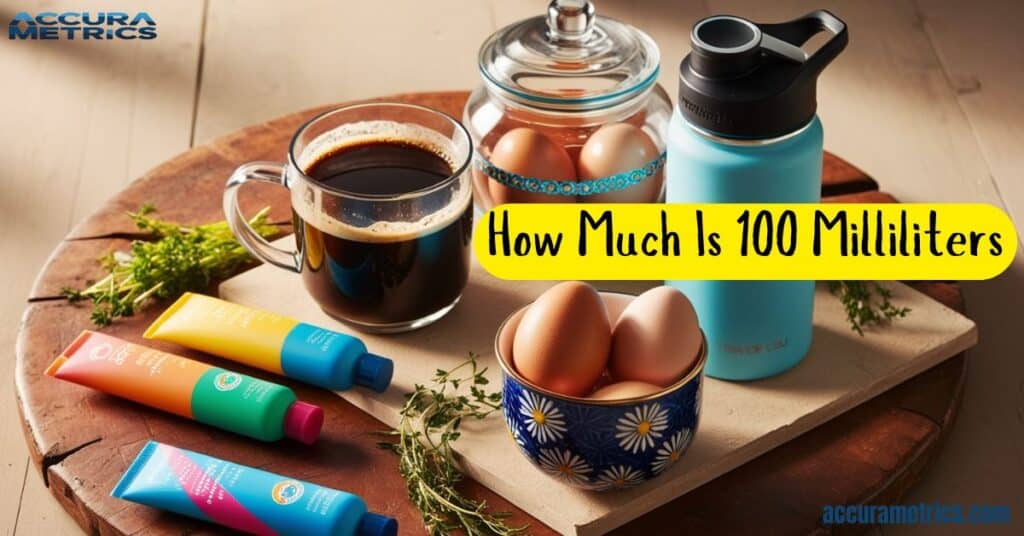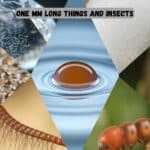Have you ever found yourself puzzling over how much 100 ml really is? Whether you are a culinary enthusiast, a science enthusiast, or simply someone who is curious about measurements, understanding this volume can be incredibly useful in daily life.
In this comprehensive guide, we will explore the world of 100 millliters through familiar comparisons, dive into its significance across various fields, and even have some fun with this seemingly small yet impactful measurement.
What Exactly is 100 ML?
Before we dive into comparisons, let us get our bearings. This is a volume measurement in the metric system. To put it in perspective, it’s equivalent to:
- 3.38 fluid ounces
- 0.42 cups
- 6.76 tablespoons
- 20.29 teaspoons
But these numbers might not mean much without context. That is where our everyday comparisons come in handy.
Kitchen Comparisons
Below are kitchen items that help illustrate the volume of 100 ML. These examples will make it easier to visualize and understand this measurement in everyday cooking and food preparation
1. Measuring Cup Reference

If you have got a standard 250 ml measuring cup in your kitchen drawer, 100 ml would fill it about 40% full. Imagine you are whipping up a delicious cake, and the recipe calls for 100 ml of milk. you would fill that cup just shy of halfway. This visual can be incredibly helpful when you’re in the midst of cooking and need a quick reference.
2. Tablespoons Galore
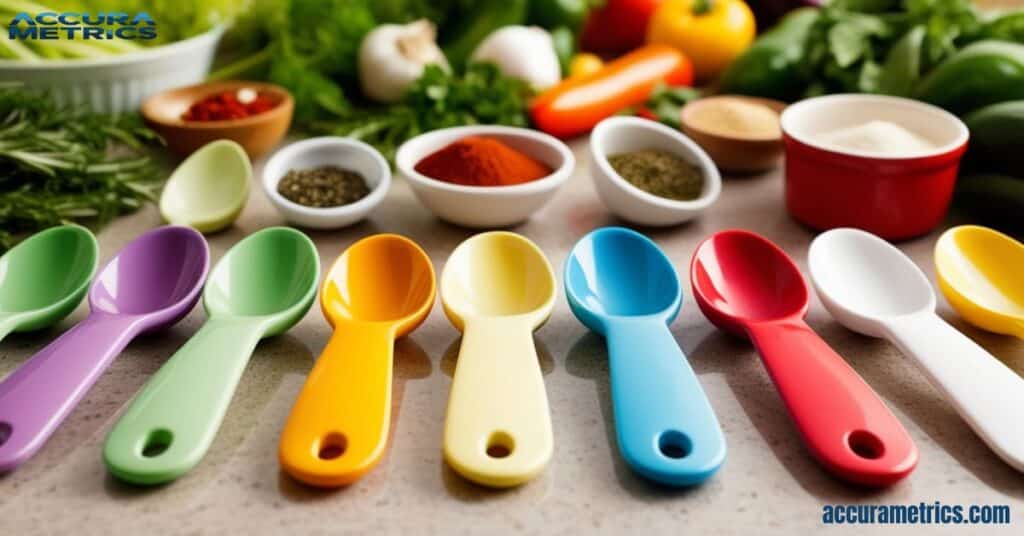
Here is a fun surprise that may have taken you a little off guard: 100 ml turns out to be somewhere around the equivalent of just about 6.8 tablespoons. Knowing this can prove to save one’s life in the kitchen. The next time you do not find the measuring cup when a recipe says 100 ml, all you need to remember is six tablespoons plus two teaspoons. It might not be perfect but close enough for the most cooking needs!
It works quite well for dishes that do not need that much precision, like so many savory items. As for your baking, where pin point measurements can make or break the recipe, it has always been the best practice to stick to the most accurate methods whenever possible.
3. Measuring 100 ML with Shot Glasses
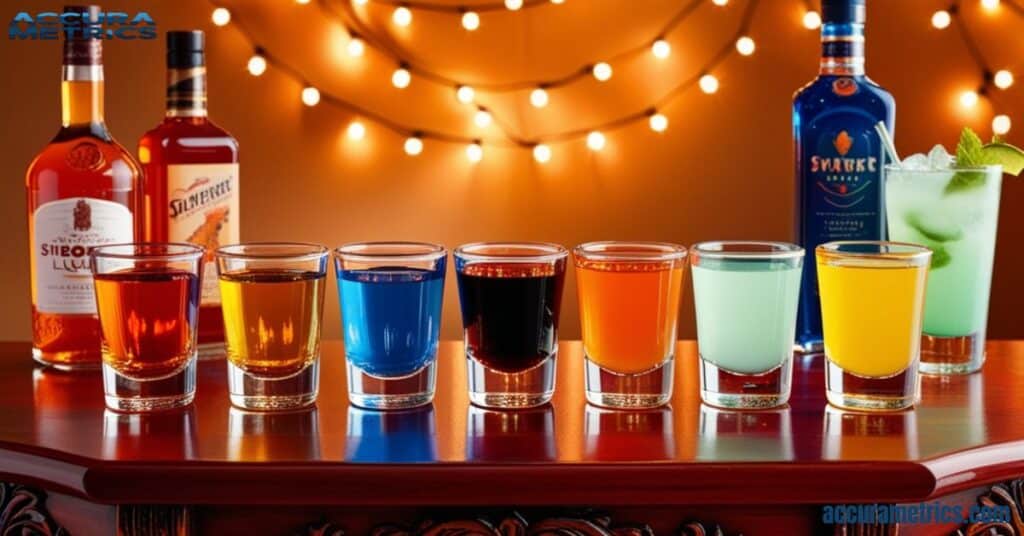
Did you know that two standard shot glasses together hold 100 ml? This can be a handy reference point, especially if you are mixing drinks or need a quick measurement for a recipe. But be careful, Not all shot glasses are created equal, as their volume may vary depending on the country. In the United States, a standard shot is 44 ml, while in other countries it might be 50 ml. Always check before you pour.
This variation in shot glass sizes across different countries highlights an important point about measurements, they can sometimes differ based on location or context. It is always a good idea to double check your assumptions, especially when precision matters.
“Cooking is all about people. Food is maybe the only universal thing that really has the power to bring everyone together. No matter what culture, everywhere around the world, people eat together.” – Guy Fieri
Read Amazing Insights “21 Things That Are 10 Meters Long/Big”
Beverage Container Insights
4. Wine Glass Comparison
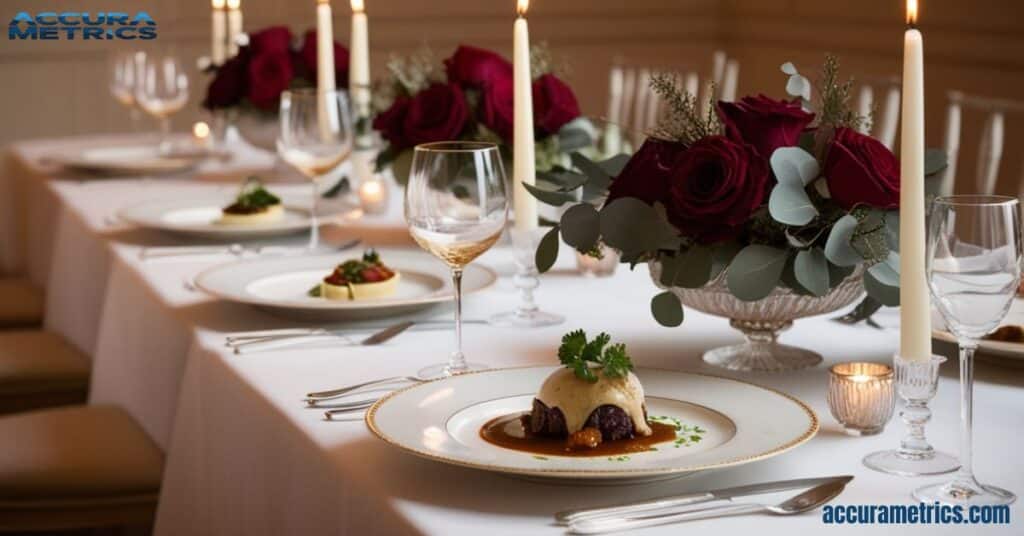
Did you ever pay attention to the markings on a wine glass in a restaurant? Well, quite a few of them are etched at the 100 ml line, the typical pour. It is definitely controlled pours, but arguably it might have a say in the whole experience of wine tasting.
An ideal pour of 100 ml leaves space at the top for air and swirling to release aromatic compounds.
5. Coffee Mugs
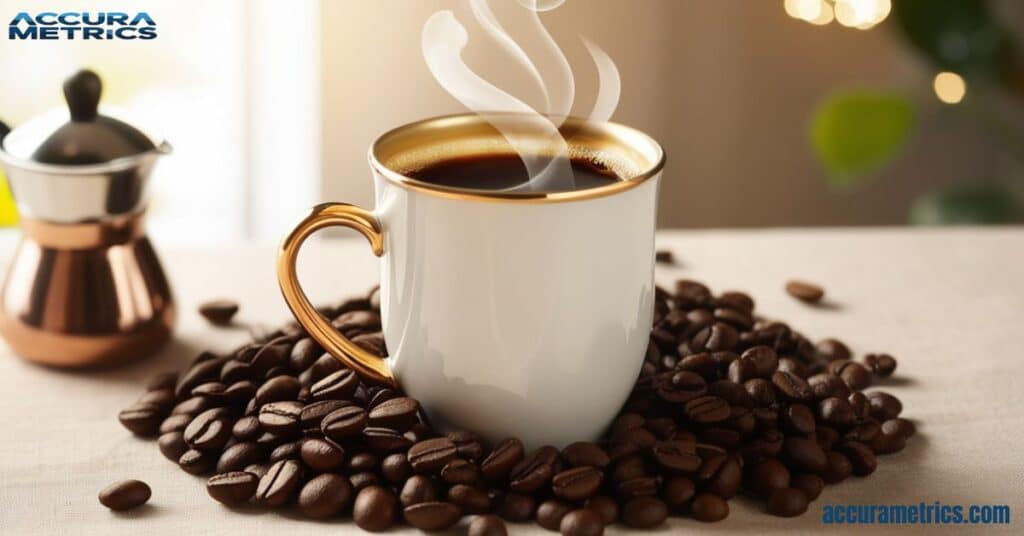
Your average coffee mug holds about 250-300 ml of liquid. This means that 100 ml would fill it about 1/3 to 2/5 full. That’s a decent amount of your morning brew!
Understanding this can be helpful in managing your caffeine intake. If you are trying to cut back, for instance, you might aim for just 100 ml of coffee instead of a full mug. On the flip side, if you are measuring out water for your pour-over coffee maker, knowing how 100 ml looks in your mug can help you achieve the perfect coffee to water ratio.
6. Water Bottles: The 500 ml Breakdown

Got a 500 ml water bottle? 100 ml is exactly one fifth of that. This simple fact can be incredibly useful for tracking your water intake throughout the day. If you are aiming to drink more water, you might set a goal to refill your 500 ml bottle four times a day. Each time you drink 100 ml, you’re 5% closer to your daily hydration goal.
This comparison also helps in understanding larger volumes. Once you can visualize 100 ml, it becomes easier to estimate larger amounts like 500 ml or even a liter.
Household Items as 100 ML Measures
Many everyday household items can help you visualize or measure out 100 ml.
7. The Humble Egg’s Liquid Equivalent
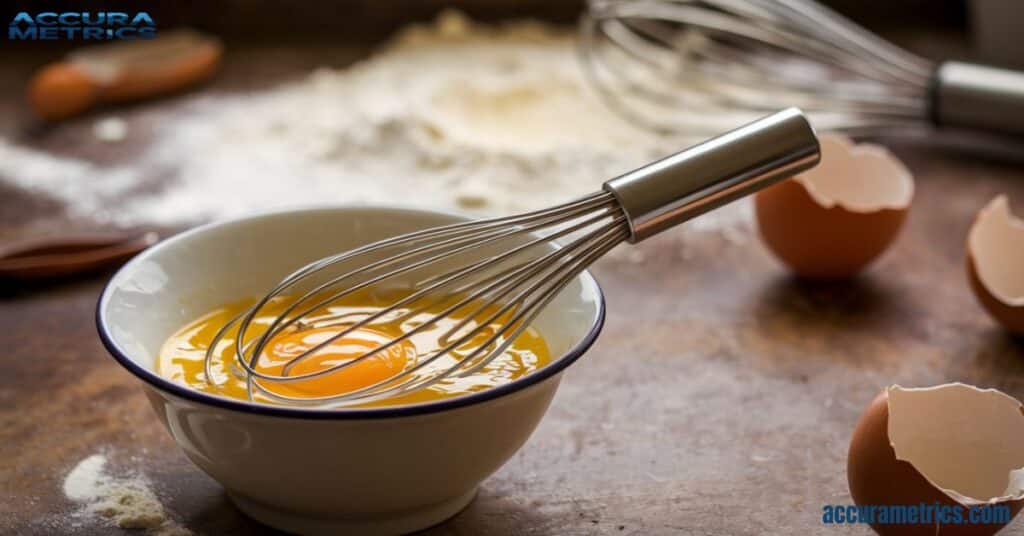
Here is a snippet to keep up your sleeves with: There are about 50 ml of liquid in a big egg. So if you beat two eggs together, it will almost exactly be 100 ml. It is a measuring cup devised by nature!
That fact can be useful in baking; many recipes would typically state, “2 large eggs,” which essentially means 100 ml liquid. It allows you to substitute if you need to; for example, if the recipe calls for 100 ml of liquid and 2 eggs, you could even get away with possibly using 4 egg whites or 2 eggs plus a quick splash of milk for just the right consistency.
8. Travel-Sized Shampoo Bottles
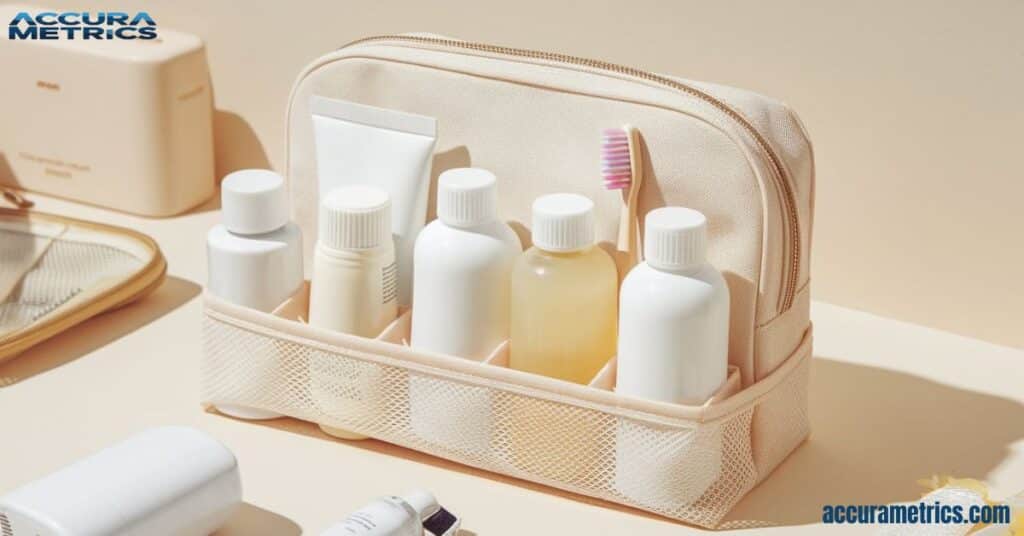
Those tiny shampoo bottles you get in hotels or buy for travel are not just conveniently sized, many are precisely 100 ml. This is not a coincidence. It is the maximum volume allowed for carry on liquids on most flights worldwide.
This regulation, often referred to as the “3-1-1” rule in the U.S. (3.4 ounces or 100 ml bottles, 1 quart sized bag, 1 bag per passenger), was implemented as a security measure in 2006. Understanding this can make packing for air travel much easier. You can confidently fill reusable 100 ml bottles with your favorite products, knowing they’ll pass security checks.
Read More About “10 Everyday Things That Are 2 Centimeters Long”
9. Ice Cream Scoops
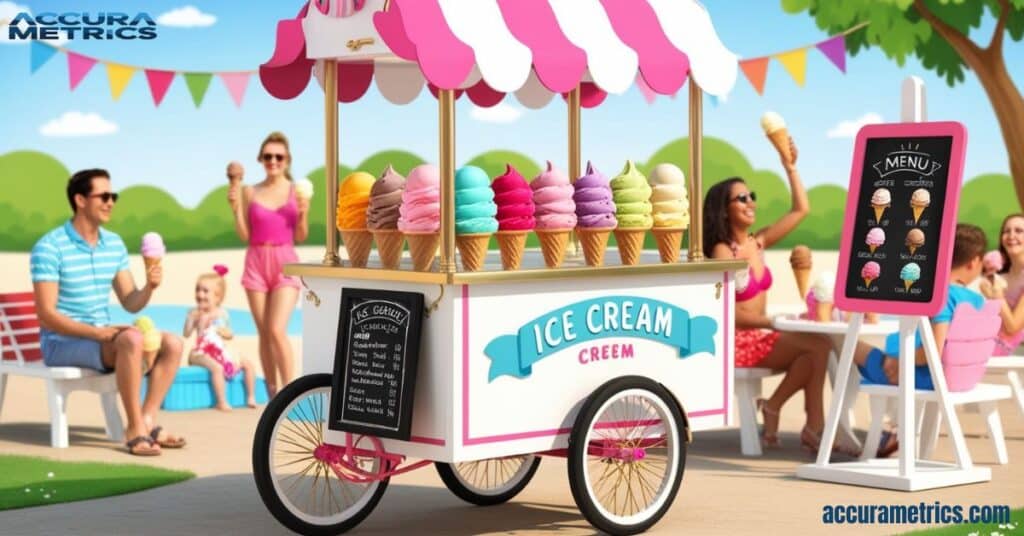
A standard ice cream scoop holds approximately 100 ml, allowing you to serve the perfect portion of your favorite frozen dessert.
Fun fact: The world’s largest ice cream cone was over 3 meters tall and weighed more than 2,500 kg, making even 100 ml seem like a small treat. Using a scoop helps you enjoy a delightful dessert without going overboard.
10. Juice Glasses
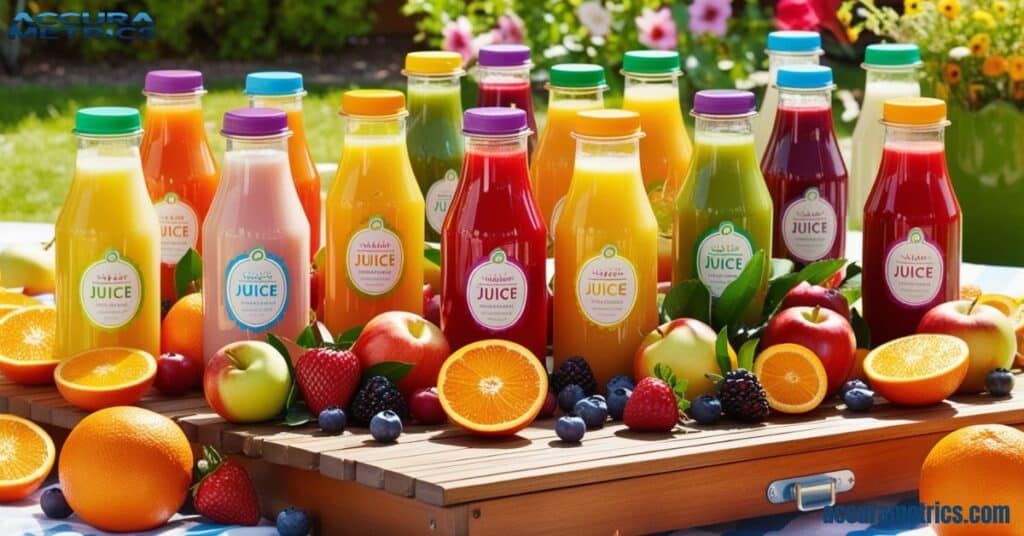
Many juice glasses are crafted to hold around 100 ml, providing an ideal serving size for a refreshing drink.
Fun fact: Did you know that the average person consumes about 150 ml of juice daily? This measurement not only promotes portion control but also adds a touch of elegance to your table setting.
100 ML in Different Industries
11. Perfume and Essential Oils

In the fragrance world, 100 ml is often the standard size for a full bottle of perfume. It is fascinating to think about how many applications are in that relatively small amount, typically around 1000 sprays.
This volume is carefully chosen by perfumers. It’s enough to last several months with regular use, allowing consumers to enjoy the fragrance before it potentially degrades. It also hits a sweet spot in pricing, being substantial enough to feel like a good value without being prohibitively expensive.
For essential oils, 100 ml is considered a large bottle. Given the potency of these oils, 100 ml can last for months or even years, depending on usage. This volume allows for various applications, from aromatherapy to homemade cleaning products.
12. Alcoholic Beverages
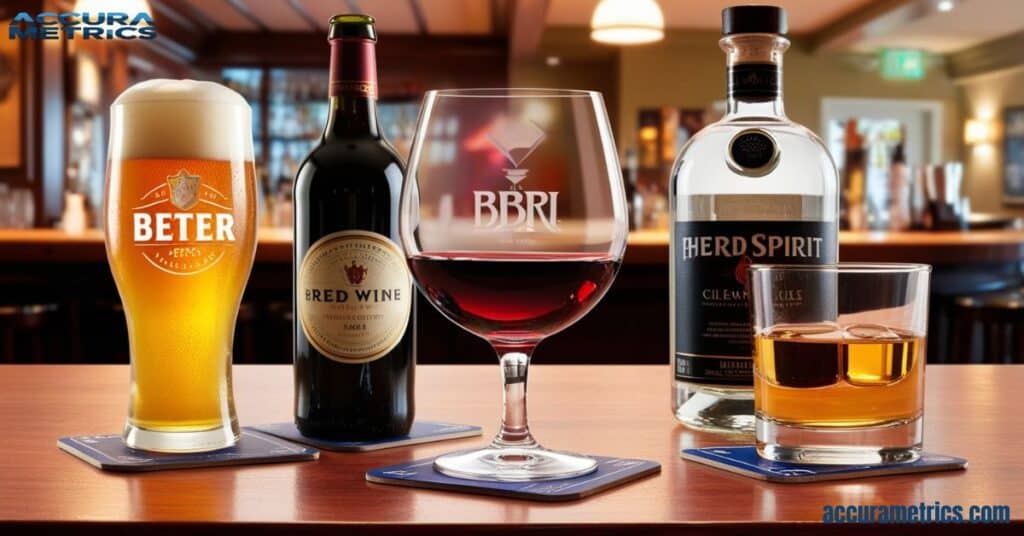
While it varies by country, many places define a standard drink as containing about 10 ml of pure alcohol. In a 40% ABV (alcohol by volume) spirit, that is 25 ml. So, 100 ml would be considered 4 standard drinks in many regions.
This information is crucial for responsible drinking and understanding alcohol content in various beverages. Here’s a quick reference:
- Beer (5% ABV): 100 ml = 0.4 standard drinks
- Wine (12% ABV): 100 ml = 0.96 standard drinks
- Spirits (40% ABV): 100 ml = 3.2 standard drinks
Read More “10 Things That are 20 inches Long/Big”
Scientific and Industrial Applications
In laboratories and factories, precision is key. 100 ml is a common unit used in various applications:
- Pharmaceutical dosing: Many liquid medications are dosed in milliliters, with 100 ml being a common bottle size for both over the counter and prescription medicines.b
- Chemical reactions: In chemistry, reactions are often carried out using precise volumes of reagents. 100 ml is a convenient amount for many laboratory-scale experiments.
- Quality control testing: In food and beverage production, 100 ml samples are often used for quality checks and taste tests.
100 ML in Manufacturing
Many products are sold in 100 ml quantities, making it a standard size across various industries:
| Product Type | Examples | Why 100 ml? |
| Beverages | Energy shots, sample-sized drinks | Convenient single-serving size |
| Beauty | Perfumes, face creams | Balances between value and shelf life |
| Household | Paint samples, cleaning product concentrates | Enough to test, not wasteful |
This standardization helps in production efficiency, packaging design, and consumer choice. For instance, selling perfumes in 100 ml bottles allows consumers to compare prices across brands easily.
Fun Facts and Trivia
Let’s dive into some interesting tidbits about our 100 ml measurement:
- There are approximately 37.85 100 ml servings in a gallon. This fact can be useful when you’re scaling up recipes or calculating how many servings a large container holds.
- 100 ml of water weighs exactly 100 grams at room temperature. This 1:1 ratio is unique to water and is one of the foundations of the metric system.
- The ancient Romans had a unit called a “cyathus” which was about 45 ml – not far off from our modern shot glass. This shows how humans have been working with similar volumes throughout history.
Practical Tips for Measuring 100 ML
DIY Methods for Measuring 100 ML
Sometimes you need to measure 100 ml but don’t have proper measuring tools. Here are some creative solutions:
- Use 20 teaspoons: This method requires patience but can be very accurate if done carefully.
- Fill a tablespoon 6 times, then add 2 teaspoons: This is quicker than using teaspoons alone.
- Use 2/3 of a standard 150 ml tea cup: This is less precise but can work in a pinch.
Remember, these methods are approximations and may not be suitable for tasks requiring extreme precision.
Digital vs. Analog Measuring Tools
While digital scales can give you precise measurements, sometimes the old fashioned way works just fine. Here is a quick comparison:
| Method | Pros | Cons | Best For |
| Digital Scale | Highly accurate, can measure in grams | Requires batteries, more expensive | Baking, chemistry experiments |
| Measuring Cups | Cheap, readily available | Less precise, especially for smaller amounts | Everyday cooking, quick measurements |
| Estimating with Household Items | Always accessible, no tools needed | Least accurate, requires practice | Emergency situations, rough estimates |
The best method depends on your specific needs and the level of precision required for your task.
Read Amazing Insights “iPhone 15 Pro Max Dimensions (17th Gen)”
Environmental Perspective
Even small quantities, like 100 ml of water, play a significant role in conservation and reducing waste in water-stressed areas.
100 ML: A Drop with a Big Impact
In water scarce regions or during times of drought, even 100 ml of water can make a significant difference. This seemingly small volume can:
- Rinse a handful of fruits or vegetables.
- Hydrate small indoor plants effectively.
- Serve as a lifesaving measure for essential hydration during emergencies.
Such examples highlight how small changes in our consumption habits can conserve water and address the global water crisis. By using water thoughtfully, even in small quantities. We can contribute to sustainable practices and raise awareness about the value of this finite resource.
The Environmental Cost of 100 ML Bottles
Although 100 ml plastic bottles are convenient for travel, their environmental toll is immense:
- A single use plastic bottle takes approximately 450 years to decompose.
- Producing these bottles consumes a volume of oil equal to their size.
- Over a lifetime, switching to reusable containers can save hundreds of single use plastics.
Opting for reusable 100 ml containers can drastically reduce plastic waste while promoting sustainable choices. By understanding their impact, we empower ourselves to make decisions that benefit the planet.
Visualizing 100 ML with Interactive Tools
Picture an interactive tool where you can virtually pour 100 milliliters into containers like wine glasses or soup bowls, seeing how it looks in a wine glass versus a soup bowl. While we can not embed it here, such interactive elements can greatly enhance understanding of volume.
This type of visual learning tool could help:
- Students learning about measurements
- Cooking enthusiasts trying to eyeball ingredients
- Anyone trying to better understand liquid volumes in their daily life
Read Amazing Insights “9 Common Things That Are 1 Meter Long”
Quiz: Guess the 100 ML Container
Test your newfound knowledge. Which of these is closest to 100 ml?
- A shot glass
- A yogurt cup
- A soda can
- A teacup
(Answer: 2. A yogurt cup is typically around 125 milliliters, the closest to our target volume)
This quiz illustrates how our perception of volume can sometimes be misleading. While a yogurt cup might seem small, it actually holds more than double the volume of a standard shot glass.
FAQs: 100 ML
How much is 100 mL in cups?
100 ml is about 0.42 cups, or just under half a cup. For quick cooking, fill a 1/2 cup measure about 4/5 full.
How many grams is 100 mL of water?
100 ml of water weighs exactly 100 grams at room temperature. This 1:1 ratio is specific to water; other liquids vary due to density.
How can I measure 100 mL without a measuring cup?
Use 6 tablespoons plus 2 teaspoons, or fill two standard shot glasses. Alternatively, count out 20 teaspoons for a close approximation.
Conclusion:
From the kitchen to the laboratory, from travel sized toiletries to precise medical dosages, 100 ml plays a surprisingly significant role in our daily lives. By understanding this volume through familiar comparisons, we gain a practical sense of measurement that goes beyond numbers on a page.
This exploration of 100 milliliters reveals how a simple measurement can connect various aspects of our world:
- In cooking, it helps us create delicious recipes with precision
- In travel, it defines what we can carry on planes
- In science, it’s a fundamental unit for experiments and production
- In environmental concerns, it makes us think about water conservation and plastic use
Read Amazing Insights “11 Common things That are 6 Inches long“

My name is Linda, and I am an experienced blogger with a passion for precision and craftsmanship. With years of expertise, I contribute to Accura Matrics, bringing a wealth of knowledge and a keen eye for detail. My insightful articles and expert tips are designed to help readers achieve excellence in their measurements and dimensions projects, offering valuable guidance in the pursuit of accurate and thoughtful design.

